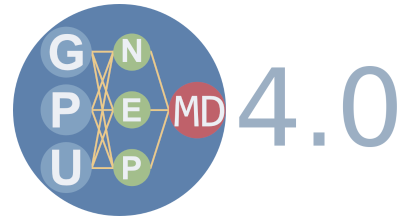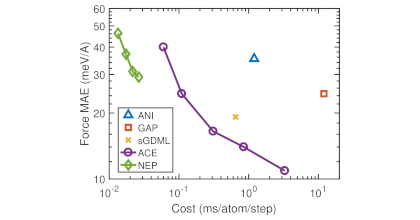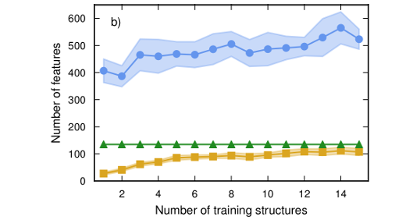GPUMD 4.0: A high-performance molecular dynamics package for versatile materials simulations with machine-learned potentials
K. Xu,
H. Bu,
S. Pan,
E. Lindgren,
Y. Wu,
Y. Wang,
J. Liu,
K. Song,
B. Xu,
Y. Li,
T. Hainer,
L. Svensson,
J. Wiktor,
R. Zhao,
H. Huang,
C. Qian,
S. Zhang,
Z. Zeng,
B. Zhang,
B. Tang,
Y. Xiao,
Z. Yan,
J. Shi,
Z. Liang,
J. Wang,
T. Liang,
S. Cao,
Y. Wang,
P. Ying,
N. Xu,
C. Chen,
Y. Zhang,
Z. Chen,
X. Wu,
W. Jiang,
E. Berger,
Y. Li,
S. Chen,
A. J. Gabourie,
H. Dong,
S. Xiong,
N. Wei,
Y. Chen,
J. Xu,
F. Ding,
Z. Sun,
T. Ala-Nissila,
A. Harju,
J. Zheng,
P. Guan,
P. Erhart,
J. Sun,
W. Ouyang,
Y. Su,
and
Z. Fan
Materials Genome Engineering Advances 3, e70028
(2025)
doi: 10.1002/mgea.70028
Download PDF

This paper provides a comprehensive overview of the latest stable release of the graphics processing units molecular dynamics package, GPUMD 4.0. We begin with a brief review of its development history, starting from the initial version. We then discuss the theoretical foundations for the development of the GPUMD package, including the formulations of the interatomic force, virial and heat current for many-body potentials, the development of the highly efficient and flexible neuroevolution potential (NEP) method, the supported integrators and related operations, the various physical properties that can be calculated on the fly, and the GPUMD ecosystem After presenting these functionalities, we review a range of applications enabled by GPUMD, particularly in combination with the NEP approach. Finally, we outline possible future development directions for GPUMD.



